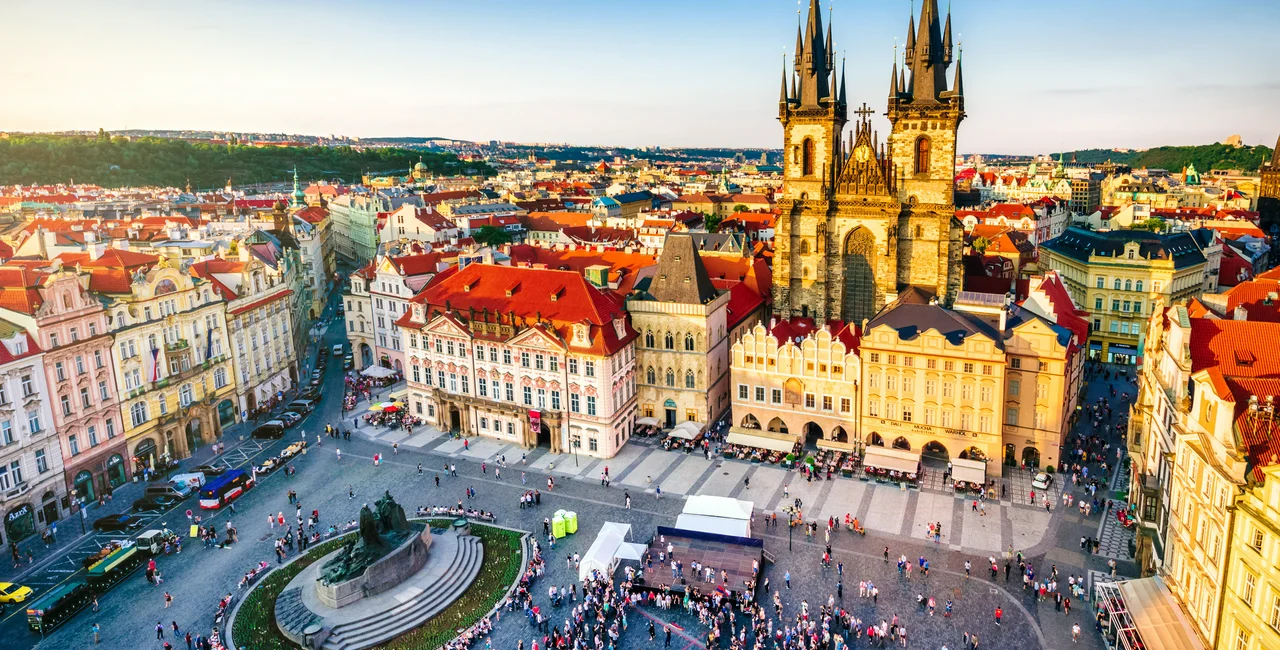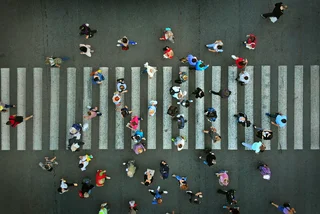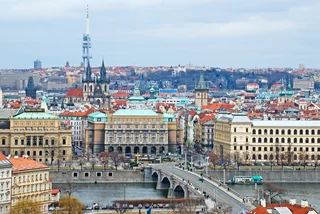Research by Prague City Hall shows that up to a quarter of a million more people actually move within in the city than are registered according to the Czech Statistical Office (CSÚ). This increases the demands on the city's infrastructure and budget. At the same time, the budgetary determination of taxes does not take this into account, and Prague thus loses considerable financial resources that are needed for the infrastructure development.
For three years now, Prague has been commissioning companies to continuously analyze the number of inhabitants present in Prague, on the basis of the use of anonymous data from mobile operators.
This information is available for nine selected months from 2018, 2019 and 2020. The source data is calibrated to remove duplicates and SIM cards that are in technical devices, for example, that report to networks.
“A quarter million more people live in Prague than are permanently registered. The government should therefore take this into account in the budgetary allocation of taxes. Because otherwise we lose CZK 8 billion to CZK 10 billion a year. If we had this money available in Prague, we could, for example, build new flats, which are so desperately lacking here,” Prague Mayor Zdeněk Hřib said.
The data show that approximately 1,570,000 people actually live in the territory of Prague for a long time, while even in 2020 which was affected by the COVID-19 pandemic, the number of “Prague residents” verified in this way did not decrease, but increased slightly.
From the point of view of these data, from February 2018 to September 2020, the number of people living in Prague for a long time increased by about 30,000. According to CSÚ records, at the end of September 2020, only about 1,330,000 inhabitants registered a permanent residence in Prague.
"According to these time-verified data, it is really necessary to start looking at the real population of Prague at the level of 1.57 million inhabitants, which is 240,000 more than the Czech Statistical Office records,” Deputy Mayor Petr Hlaváček, responsible for territorial development, said.
“This is crucial from all points of view – not only in terms of development and affordability of housing, but also in terms of the city budget and all the costs associated with such a real population,” he added.
Deputy Mayor Pavel Vyhnánek, responsible for finance and budget, said the real financial income of the city should correspond to the real population.
“The current system of budget determination of taxes does not take into account the fact that Prague takes care of another city on its territory with a population close to the size of Ostrava,” he said, referring to the former industrial city in northern Moravia with a population of 288,000.
Detailed data for February, April, and September 2020 show how the pandemic affected the dynamics of population movement in Prague. In addition to the decline in international and, unfortunately, domestic travel, there is also a significant decline in the number of those who regularly or very often commute to Prague for work or, for example, to schools.
Also during the COVID-19 pandemic, the number of people who spent the night in Prague, mainly for tourist or business reasons, decreased significantly. In April 2019, almost 200,000 visitors – non-residents – slept every weekday in Prague, while in April 2020 there were only about 80,000 such overnight stays.
In April 2019, an average of about 240,000 other people came to it every weekday during the day, in April 2020 it was only about 80,000 people. Nevertheless, it is clear that the dynamics of movement in Prague did not stop completely, and in the last week of April there was a gradual increase in arrivals after the first easing of the most fundamental restrictions.
In September 2020, however, a gradual decline in the dynamics of all incoming residents was again apparent, when at the end of September approximately 150,000 fewer inhabitants arrived in Prague every weekday than the year before in the same period.
A more detailed look at the individual city districts is also interesting, City Hall stated in a press release. The number of people moving in the central part of the city decreased dramatically between February and April 2020. Although a return to higher numbers was noticeable in September 2020, the difference is still noticeable, mainly due to the lack of foreign tourists.












 Reading time: 3 minutes
Reading time: 3 minutes 



























